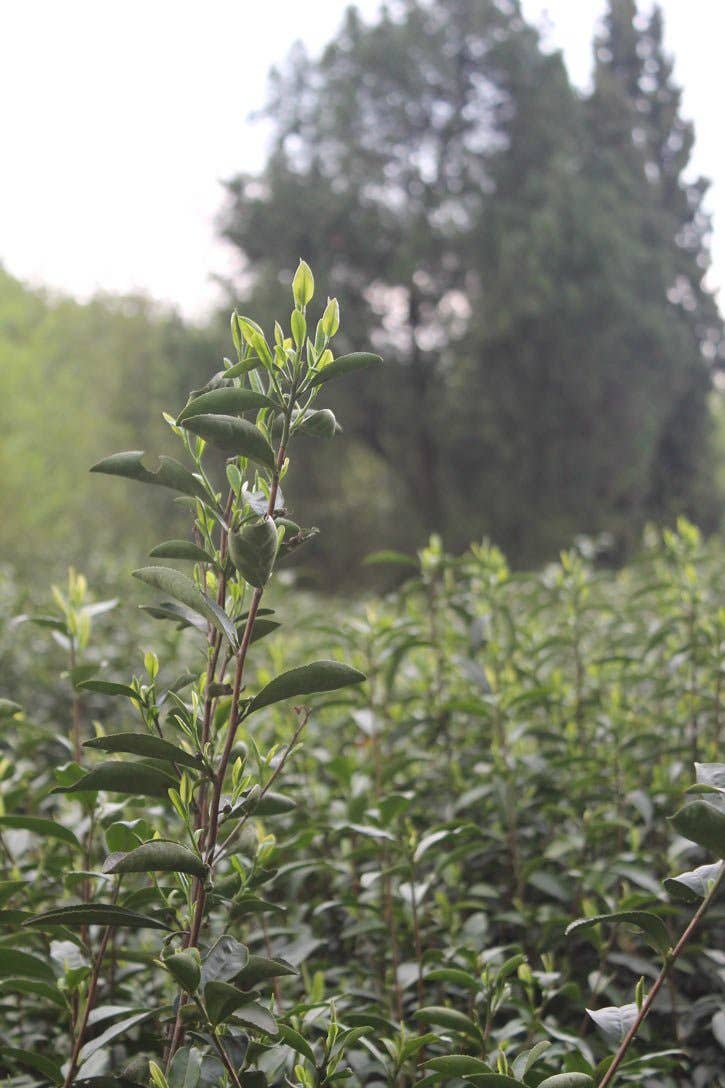Tea Cultivar
All tea comes from the plant species Camelliasinensis. There are several recognized varieties, with the two most widespread being referred to in Chinese as small leaf and big leaf – corresponding broadly to Camelliasinensis var. sinensis and Camellia sinensis var. assamica in the binomial system.
The Chinese name for the two varieties tells us the main difference is size of leaf but there are corresponding effects on flavour of tea produced using these varieties. Camellia sinensis var. assamica is used with great success to produce strong robust black teas in Assam whereas Camelliasinensis var. sinensis is used for most tea production in China outside Yunnan province.
Within the same varieties of Camelliasinensis there are also differences between individual tea plants that can give rise to useful characteristics for growing tea. For example, a particular tea plant may be resistant to frost or especially fecund. Such plants if useful can be isolated and propagated for cultivation on a wide scale and then become a cultivar, which simply means a variety chosen for cultivation.
There are many hundreds of tea cultivar. The cultivar can have a very obvious effect on the taste of a tea and many famous teas can only be considered authentic if grown from the recognised cultivar. For example, ‘Long Jing #43’ is a recognised cultivar for making Dragon Well tea. ‘Yabukita’ is the predominant cultivar for making Sencha in Japan, particularly in Shizuoka prefecture.
This year I have sourced two Chinese spring teas grown in similar conditions, processed using identical methods but from two different cultivars.
JING Anji Green is grown in Anji county in Zhejiang province from the ‘Bai Cha’ cultivar. Less than 200km to the south in Jiande city, also Zhejiang province, JING Organic Imperial Golden Buds is grown from the ‘Huang Jin Ya’ cultivar.
The cultivar names come from the colour of the leaves: ‘Bai Cha’ has white or light green shoots whereas ‘Huang Jin Ya’ has golden yellow buds, as can be seen in the photographs below.
"White Tea"
Bai Cha

Yellow Gold Buds
Huang Jin Ya

To compare the taste, JING Anji Green exudes spring floral scents, sweet sappiness, and a lush, creamy texture. JING Organic Imperial Golden Buds is deliciously sweet and soothing, highly floral with the silkiest of mouth feels.
If you are interested in distinguishing these two cultivars, our two new spring teas represent a rare opportunity to experience definitive examples of their type.




1 Comments